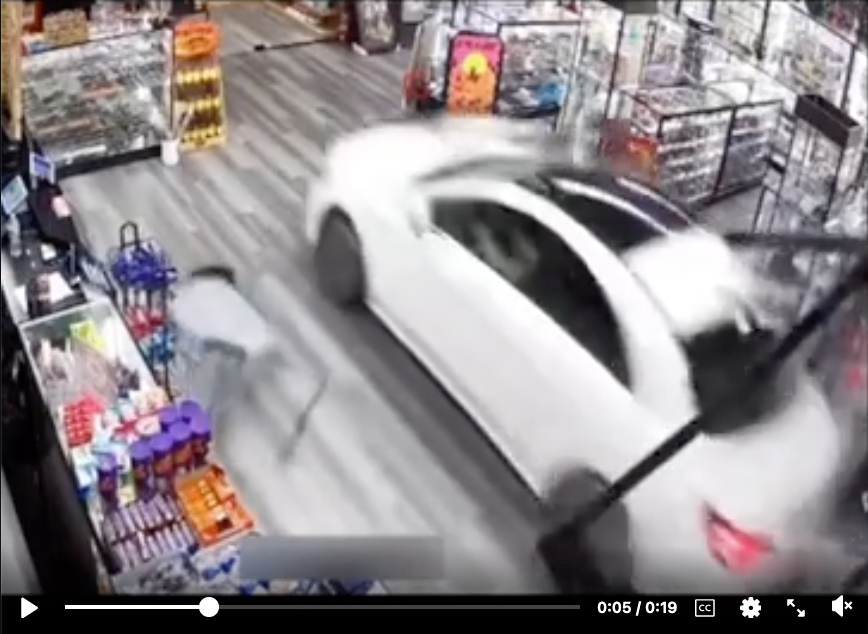

Bollards: Why & What
source link: https://josh.works/bollards
Go to the source link to view the article. You can view the picture content, updated content and better typesetting reading experience. If the link is broken, please click the button below to view the snapshot at that time.
Bollards: Why & What
April 2024
Article Table of Contents
What are bollards #
The what and the why in a single image:
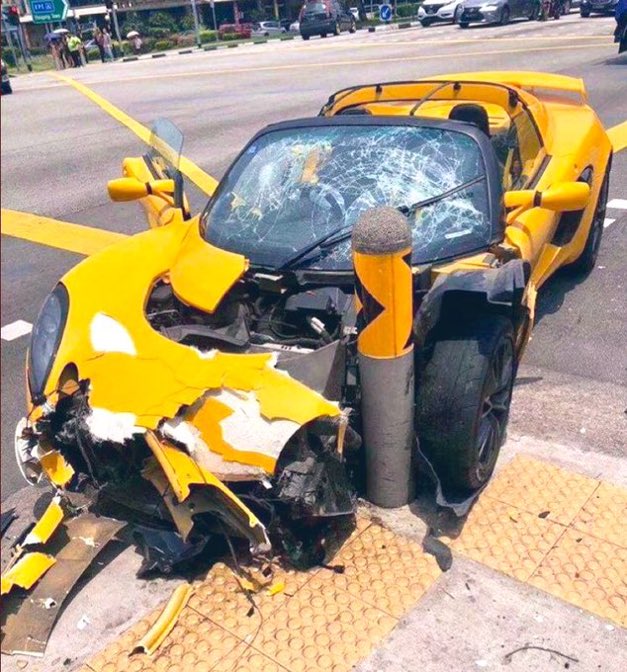
A bollard is:
any sort of physical barricade strong enough, shaped in such a way, that if a vehicle tries to overlap with the bollard in location, intentional or not, the vehicle cannot cross. Sometimes they’re built into the physical environment, sometimes not. They can be movable or not. Large and intrusive, or not.
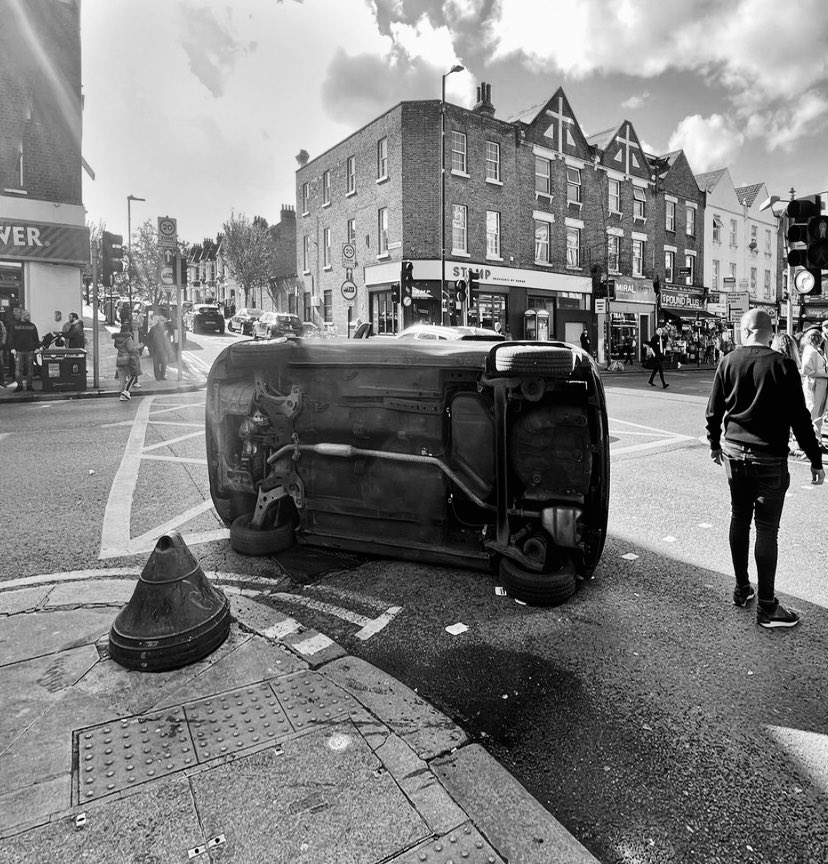
source: @worldbollard twitter account
In the words of a local city engineer’1, as he was explaining why a bollard placed near where pedestrians congregate to cross a large roadway would be innapropriate:
Barriers (bollards, guardrail, etc.) are considered for installation if the result of a vehicle striking the barrier will be less severe than hitting the unshielded object.
So a placement like this makes intuitive sense:
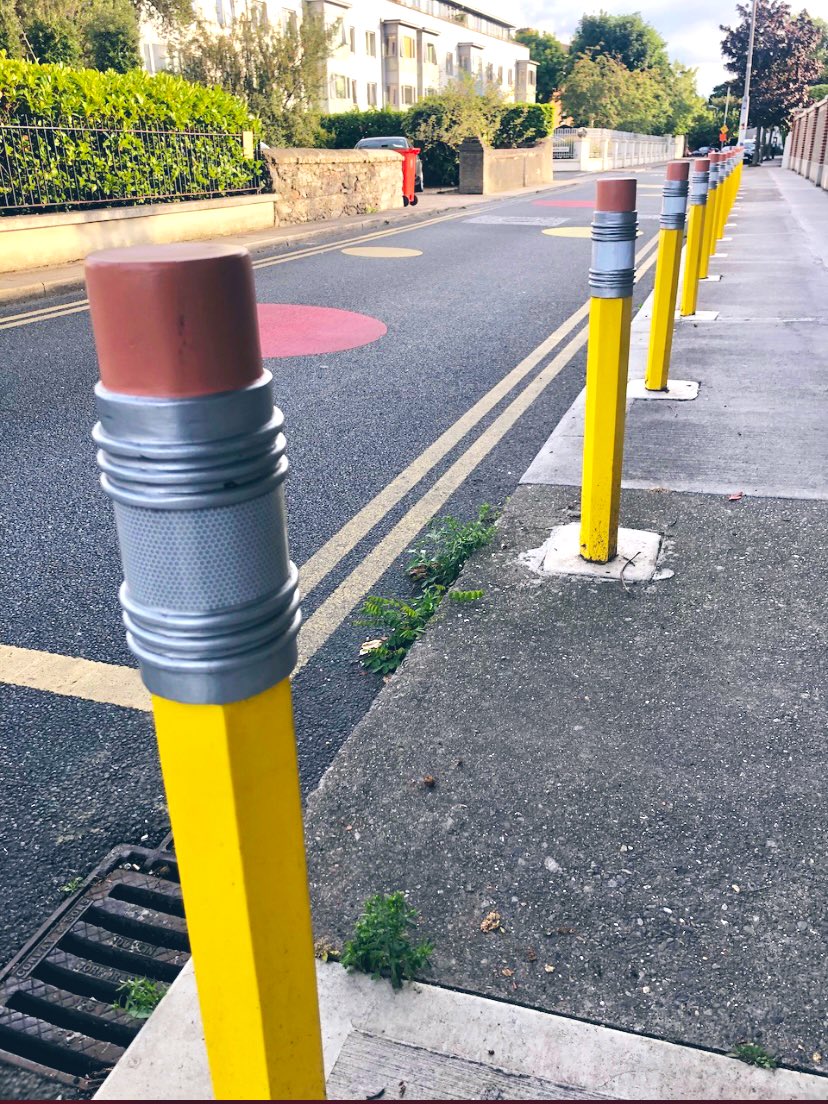
source: @worldbollard twitter account
You’ll never unsee this:
https://www.urbanismspeakeasy.com/p/take-another-look-at-where-they-put
But public works and transportation departments routinely install guardrails on the outside of a sidewalk.
Please, please stop evaluating local transportation administrations as competent. I’ve hung out with these people, gone on walks with them, driven around with them, listened to them get excited about a new pedestrian affordence they’ve installed, and the lack of awareness and closemindedness (which is obviously necessary to sustain a shitty system creaking into it’s 100th year of existance) is stunning.
To interact with local transportation administrations requires that you 1) self-abandon, and 2) maintain performative allegience to a pseudo-scientific view of the world.
What are not bollards? #
It’s tricky to hit the right emotional tone of why bollards matter. Sometimes it seems academic and dry, sometimes its very visceral and raw.
Where there are not bollards, there are careening, speeding vehicles, and often enough death and destruction.
To park a vehicle, one needs to press the correct pedel. When people are driving unfamilar vehicles, or rushed, or whatever, sometimes the wrong peddle gets pushed. Would you suggest that this small error should result in death of people and the elimination of businesses and buildings?
vehicle operator makes error when parking
When there are not bollards, in areas where people are promised safety, even if everyone behaves correctly, there are still failures. For example…
Once, a widely respected member of a local software development community and their partner (also a widely respected member of the same community) were walking on a sidewalk in California one night a few years ago. Far from them, a speeding car struck another car of course careened through the sidewalk. Both friends were hit by the car. She was killed instantly, he was knocked unconcious, woke up days later to find out the news. The lanugage in the article is full of ‘this was an unavoidable tragedy’, though i think it’s obvious a local city engineer ought to be held criminally liable for their neglect.
Because not only was it entirely preventable, it was also statistically inevitable. Not putting bollards where they need to be is like not only not wearing a seatbelt when driving, but arguing that seatbelts should not be available in cars because usually they’re not needed.
A bollard is just a seatbelt for someone outside of the vehicle.
So… this is the sort of devestation done to a community that everyone would obviously want to prevent. And this exact pattern plays out many times a day.
So, when there’s not bollards, often enough, there are cars.
Here’s another example - even souless corporate entities understand bollards and appreciate that they have a duty of responsibility to people who are using their spaces:
It’s a normal occurrance. Notice down below how often this kind of thing happens. I hope there’s bollards at every 7/11 now:
A 57-year-old suburban man who became a double amputee after a car pinned his legs against the front of a Bensenville 7-Eleven will receive a $91 million payout from the convenience store chain
In a moment, you’ll see the kinds of vehicle-strikes-building results this refers to.
The case was the first in which attorneys had access to some 15 years of reports from 7- Eleven, which identified some 6,253 storefront crashes at 7-Eleven stores across the country, Power said. Data from a previous lawsuit against the company identified another 1,525 crashes between 1991 and 1996.
Who in the story do you think uttered the following?
It is important to note that this unfortunate accident was caused by a reckless driver who pled guilty, and this store followed all local building codes and ordinances.
That was the legal representation of 7/11, but you can also hear the local city manager or city engineer saying ‘it was not my fault either!’. (“followed all local buildiong codes and ordinances”)
Maybe it would feel poetic if he was also a car-user, having his life destroyed by a car, but he didn’t even have a car.
Carl was a frequent customer of the Bensenville store, and most days would walk a few blocks from an apartment he shared with his three sons to buy his morning coffee…
[the morning of this tragic-yet-statistically-inevitable systemic failure] Carl’s ride was running late, and a man pulling into a parking space in front of the store stepped on his car’s accelerator instead of the brake. The car lurched over the curb, across a sidewalk and pinned Carl against the storefront, causing injuries that would require the amputation of both his legs above the knees. Another driver had crashed into the front of the same store 16 months earlier, Power said.
What does not bollards look like #
In the context of ‘bollards as protecting store-fronts from cars’, sort of akin to a physical insurance policy, here’s what moving vehicles, through stores, can look like.
I wonder what losses the involved parties were able to recoup. Presumably insurance would make partial financial repairs, but it would all be at great opportunity cost, hassle, sadness, anger.
Even a rock, obtained functionally for free, could have fully prevented this. Again, no one’s fault, but it hurts to see damage accrue.
👉 driver presses wrong peddle when parking outside store
I dislike the caption. It says “woman forgets…” which feels like it’s possibly playing into the mysogentistic sentiment that some people are, for reasons of fundamental inferiority, unable to develop a certain skill.
It should say:
vehicle operator makes error when parking
This sort of incident would be perfectly prevented by bollards like this:
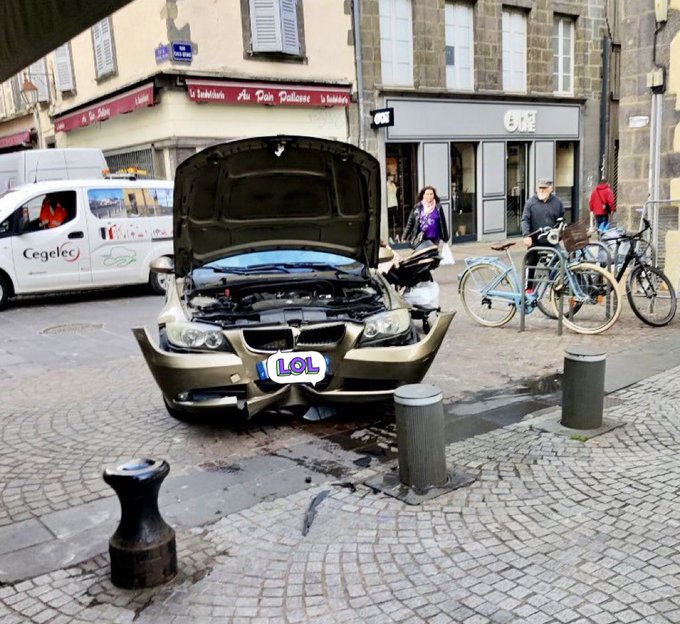
I live in the Cheesman park area in Denver, there’s already plenty of bollards and bollard-passing objects (trees, light poles, boulders) and I’d love for there to be many more, following similar-enough patterns of what is already placed, with some reasonable, obvious iteration.
Footnotes, Links #
Bollards are like iceburgs. Some bollards are not placed deep into the ground or very strong, and might deform under a vehicle impact. Some bollards are quite firmly placed.
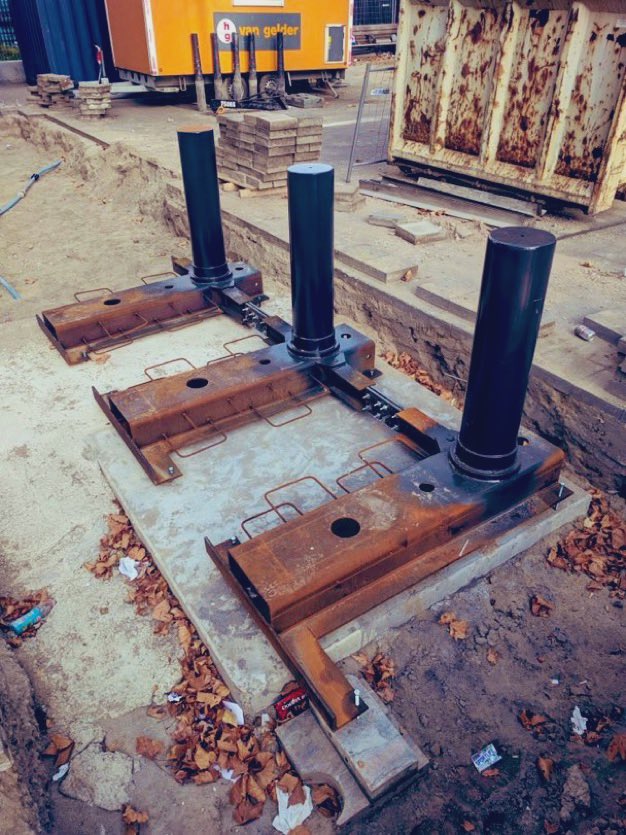
-
This was the city engineer of Loveland, but I’ve had direct, 1:1 conversations with the city engineer in Golden (after parents in a local neighborhood demanded a meeting about the dangerous road that their kids were walking to school alongside. The engineer said ‘due to traffic count data, the road does not qualify for any state-funded improvements’), which is obviously a 🖕🏻 to the kids he was failing. (there are many cheap was to slow traffic without speed bumps, police, camearas, signs, and half million dollar increments of spending, but people committed to bad plans will use their poor imagination as a reason for why something must be done. He gave me permission to run my own road experiments, though, which I did, and it worked great. example 1, example 2, example 3. ↩
Recommend
About Joyk
Aggregate valuable and interesting links.
Joyk means Joy of geeK
